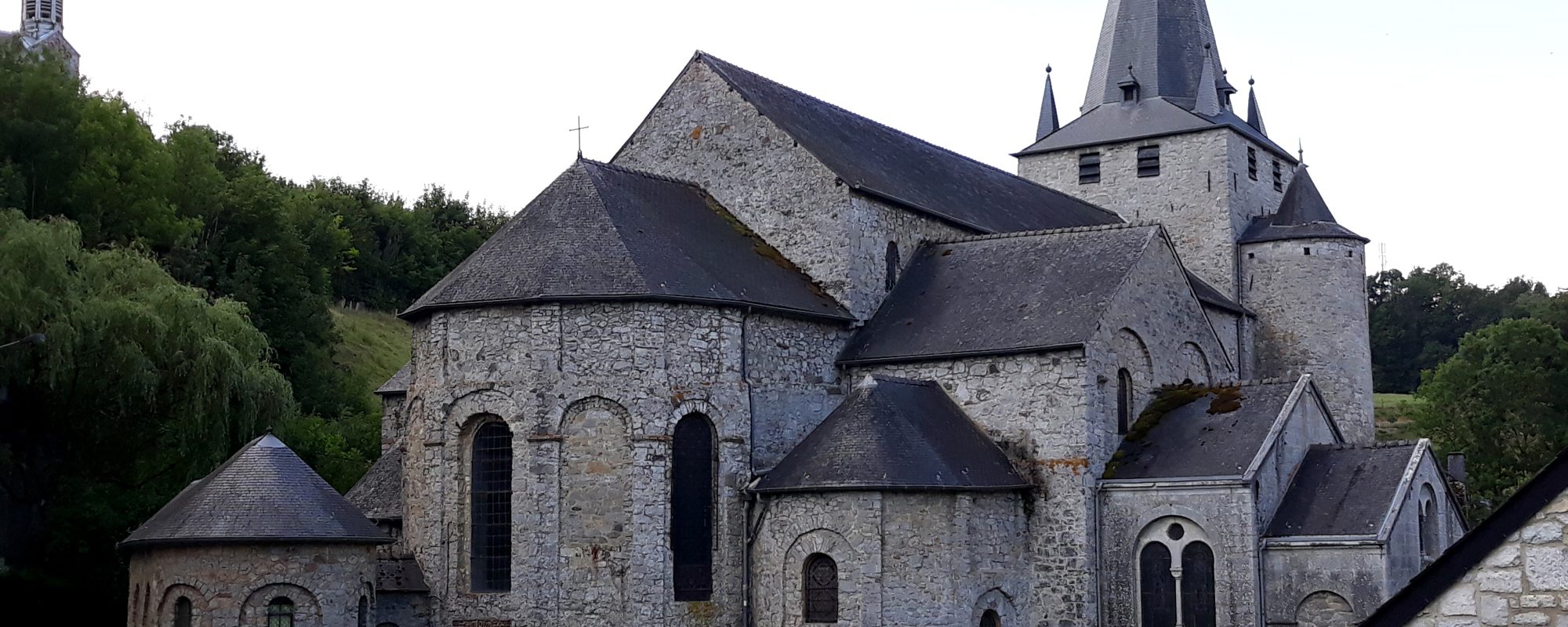
A pivotal part of historical community life, discover the religious heritage that unites our Beautiful Villages.

A beautiful unfinished Romanesque church, the former abbey church of a short-lived monastery.
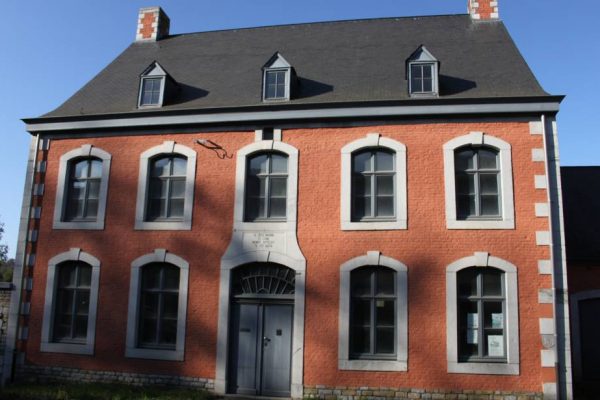
Vintage "1765", an imposing building to display power and wealth - Listed monument.
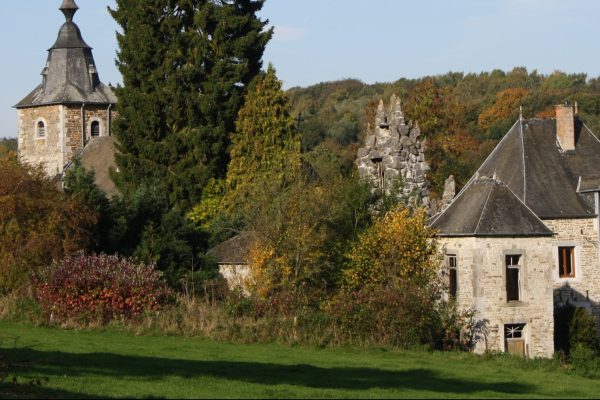
The former presbytery of Crupet, dated 1654, forms a listed site with the church of Saint-Martin, the adjacent old cemetery, the church square and the lime tree.

At the end of the Austrian period, a house from 1790 with a Mansard roof

A religious building with medieval origins in the heart of the locality - Listed monument.
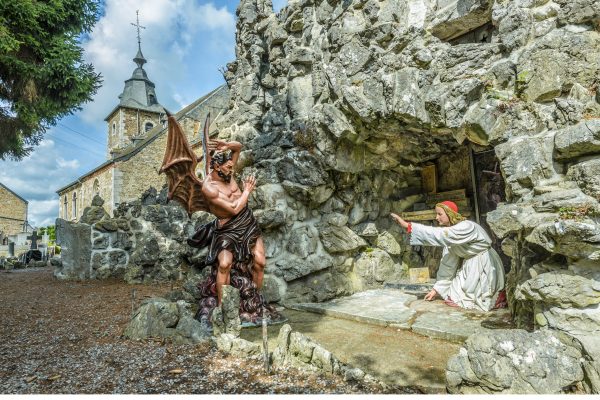
In the footsteps of Saint Anthony of Padua or...the devil - Listed site
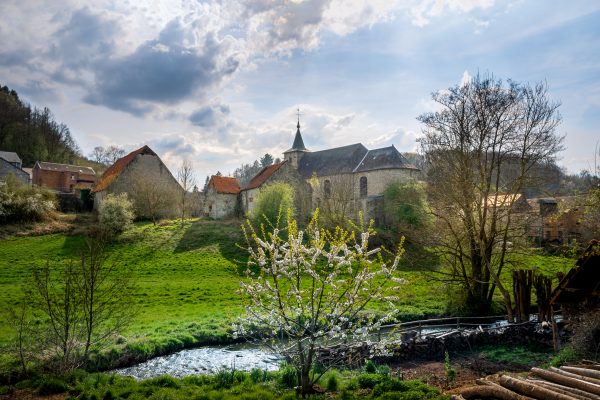
From its small promontory in the shelter of the Molignée, it watches over the village - listed monument

A Cistercian abbey whose origins date back to 1216 - Exceptional heritage of Wallonia (Outside the village).
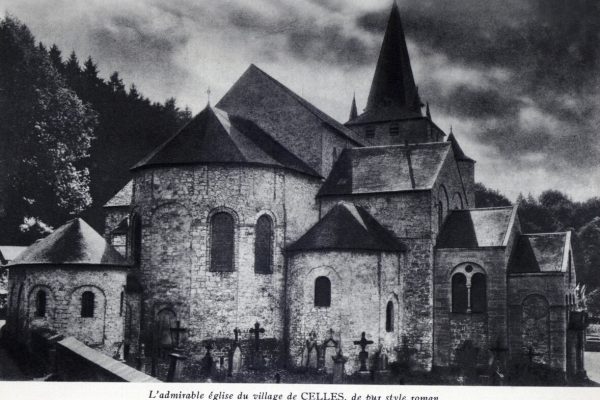
Since the 11th century, the collegiate church has displayed its cascading limestone volumes in the heart of the village of Celles - an exceptional heritage of Wallonia.
The association Les Plus Beaux Villages de Wallonie (The Most Beautiful Villages of Wallonia) oversees a network of 32 villages, bearers of a strong territorial identity and reflecting traditional architecture. It is committed to promoting the rural, cultural and natural heritage of Wallonia and is a part of the development of local and responsible tourism.
More information